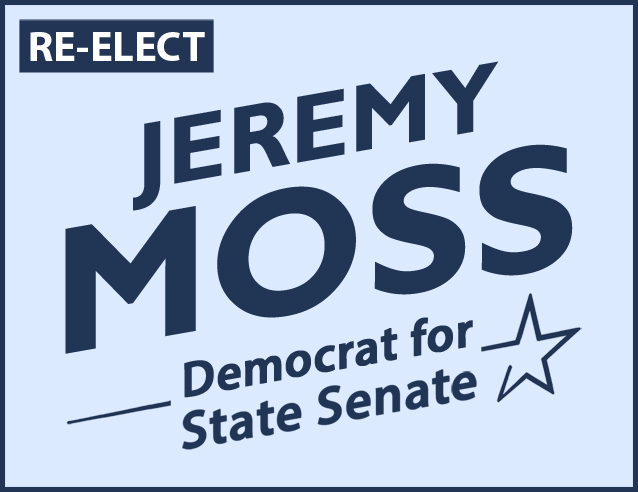The opioid crisis has touched every community in Michigan and southern Oakland County is no exception.
Recently, I partnered locally with District Judge Debra Nance, County Commissioner Janet Jackson and others in Southfield to host a panel discussion focusing on how we can navigate through this crisis and help those impacted by it. The forum was standing room only — a shocking illustration of how pervasive this problem is, but also an encouraging sign that people are publicly stepping forward to address the issue.
The toll opioids have taken here can be measured in many ways.
Taxpayers bear the cost of housing prisoners for opioid-related crimes. Our state pays more for treating substance use disorders, and for caring for the children of opioid abusers when parents can no longer be responsible for them. Just last year, opioid use cost business owners $10 billion in absenteeism nationwide.
But worst of all is the human cost opioids extract when overdoses tear apart families forever.
Ending the opioid epidemic will require action on many fronts, but I believe one of the most effective things we can do is to prevent opioid addiction from developing in the first place.
That’s why I’m actively engaged with a bipartisan group of Michigan lawmakers to tackle the problem of opioid abuse in our state. We have passed many laws — most unanimously — since the Prescription Drug and Opioid Abuse Commission, formed in 2015, made recommendations for 25 primary and seven contingent actions to be taken by state government. The commission included legislators, representatives from the health and human services departments, state government, law enforcement, the medical community and the judiciary.
While we have addressed many aspects of the crisis, including the rules for prescribing and tracking prescriptions, the education of our children and young people about the dangers of opioids and the authorization of a non-opioid directive, much more needs to be done as this crisis rages on.
Let’s look at just one element of the issue: cutting post-surgical addiction. Estimates tell us that if surgery-related prescribing could be cut by 10 percent, as many as 300,000 fewer people would become persistent opioid users annually. Such a reduction would translate into less addiction and dependence, reduced exposure to opioid-related side effects, and lower health care costs.
The Food and Drug Administration has already approved non-opioid pain relief following surgery, but many patients and providers are not aware of this option. We must fix this, and our federal lawmakers must help. I will be requesting that our delegation in Washington — already committed to addressing this issue — help with changes in federal policy related to opioid prevention.
Policymakers can also change how Medicare and Medicaid pay for non-opioids and increase access for clinicians, patients and facilities. In addition to providing information about non-opioids alternatives, making non-opioids more affordable may encourage patients and doctors to make that choice.
My colleagues in Lansing stand ready to address this crisis and to work with federal policymakers, who must do everything in their power to encourage non-opioid pain management strategies for their patients if we are to win the battle against opioid abuse. As the opioid epidemic claims more lives every day, federal lawmakers must help prevent opioid addiction before it starts by acting now to pass bipartisan legislation encouraging far greater use of non-opioids.
There is no single solution that will fully address this crisis. But offering non-opioid pain management is an important component to addressing it and preventing more addiction, and it can happen now.
